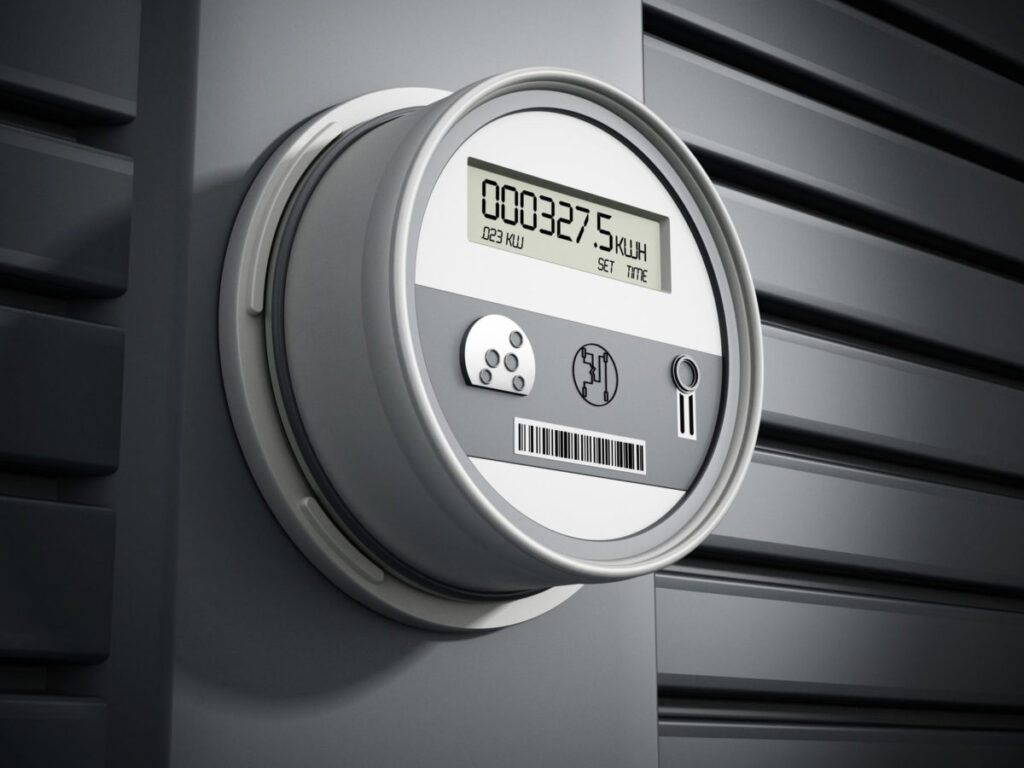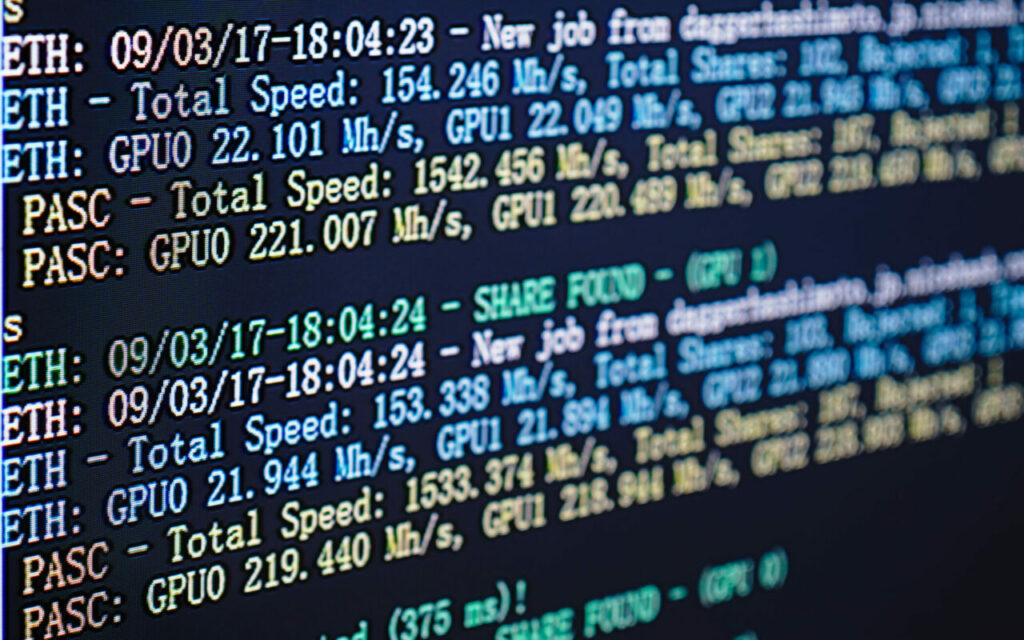How Smarter Customers Can Make Smarter Grids: Using Lessons from Behavioral Science in Utility Marketing Programs

nalysts involved in building new Demand Response, Home Energy Network, and Energy Efficiency programs may find the following analogy of interest, especially if they work at utilities seeking to improve upon low (often single-digit percentage) participation levels currently associated with many of these programs.
The analogy is based applying behavioral science-based ideas to the utility industry from an area outside it and is inspired by an article in this week’s Scientific American.
The Scientific American article is titled “Using Behavioral Science to Build an Exercise Habit,” and opens with the following compelling statement:
“Too little exercise is responsible for 9% of premature deaths worldwide, and we know that physical activity improves mental health as well as reducing the risk of diabetes, heart disease, and cancer. In spite of that, less than half of Americans exercise as much as they should.
So what’s the problem? It’s the same challenge that stands in the way of attaining most goals: a combination of forgetfulness, procrastination, and limited motivation. Thankfully, the field of behavioral science has solutions to offer.”
Key lessons for utility marketing analysts from the solutions offered by the article include the fact that a person’s rational self-interest, while often a necessary prerequisite, is not sufficient as a sole motivator for behavior change. Fundamentally, utility programs involving customer behavior change need to go beyond ROI-driven benefits statements, couched as they are in the logic of rebates, cost savings, and associated statements about doing good things.
The Scientific American article shows that cost savings and other rational benefits, while important, are poor motivators compared to proven behavioral benefits associated with more immediate rewards in terms of feeling good, or in terms of catering to a person’s outside influences involving friends, fun, and/or feeling they are following a trend in their community, or meeting a specific goal, while also allowing for some slack or subordinate goals.
So pushing for better market-driven research and budgeting for bigger and savvier advertising strategies makes sense, even though it is natural for utilities and their regulators to think mainly in terms of the needed level of financial incentive to motivate residential, commercial, and/or industrial customers to participate in a new program or increase their current level of participation.
Pushing for more savvy marketing makes sense, since most efforts to date have been successful in signing up only small percentages of customers (often in the 2% to 4% of the total customer base) for DR, Home Energy Network, and/or EE programs. According to a recent Smart Electric Power Alliance / Navigant report, “Utility Demand Response Market Snapshot,” in the U.S., “Utilities reported a total enrolled capacity of 13,629 MW and a dispatched capacity of 10,696 MW (78% of enrolled capacity) available for reduction through their DR programs in 2016.” This 13.6 GW figure represents 1% of the total 1,042 GW of total electric power sector capacity reported by EIA for that year.
To get a sense of the total addressable market, in comparison to the portion currently participating, a report by the American Council for an Energy-Efficient Economy (ACEEE) involved all utilities reporting potential demand response savings of 200 MW or more. At the time of the study, involved a total of 28 utilities. These 28 utilities represent 64% of the potential demand response savings reported to EIA, and 58% of the actual reductions reported to EIA.

Source: Feb 2017 ACEEE blog: “Demand response programs can reduce utilities’ peak demand an average of 10%, complementing savings from energy efficiency programs.”
Fundamentally, rebates should be augmented. Rebates fall short precisely because they are an individual matter, while a big part of the value of these programs relates to their energy and capacity reductions when viewed in the aggregate. Instead of augmenting rebates by going the route of creating social pressure and guilt, the achievement of higher participation and peak demand reduction levels could be made more fun and interesting by adding more community layers to the reporting associated with the programs. Along the way customers would be made smarter and more enthusiastic about the aggregate benefits of the programs in which they are participating.

Source: WikiCommons, Tonisb
Consider the realm of charitable donations, where traditional tax deductions play a motivational role that is similar to traditional utility rebates. It is important to look in a philosophical way at how some of these charity drives also utilize matching funds from corporate sponsors or from wealthy individuals to increase the general population’s participation.
Along with such matching funds there are typically additional offers, e.g. to plant a tree for every new participant who makes a donation or offers of a tote bag or coffee mug—all of these techniques are forms of “feel good” non-monetary behavioral sweeteners.
Interestingly, such behavioral sweeteners in the realm of charity drives involve a high level of trust and a form of “virtualization,” which we accept when it comes to money being earmarked in these situations. Those who make such charitable donations like to think their donation made a bigger difference because of the matching funds or tree planting, even though all such funds are, ultimately, just money. (In other words, we tend to put such funds in a “box” in our mind and view them as somehow being different from other funds which the same organization may earn or spend in ways we find disagreeable.)
Such virtualization could also be applied to new marketing mechanisms for smart grid programs, if we similarly “virtualized” energy savings and peak demand reductions.
Given the increasing availability of real-time energy and capacity data across utility T&D systems, even if no new incentives were added, it should make sense for utilities to add neighborhood, community, and/or corporate-level accomplishments and goals to the marketing programs already in place to reduce or shift peak demand and energy usage.
According to Fortune Magazine, the median donation level for Fortune 500 companies in recent years has been around 1% of pre-tax profits. Consider that a large national corporation or a large state’s total EE or DR savings amounts to tens millions of dollars of savings per year. Creation of sponsorship programs and matching kWh for charitable donations (on the order of hundreds of thousands of dollars per year worth of energy) based on 1% of this savings would create a lot of good will.
Isn’t it reasonable to consider, if such behavioral “sweeteners” were managed half as well as current charity fundraising programs involving tote bags and coffee mugs, they’d yield increases in EE and DR customer participation way beyond any equivalent direct rebate?





